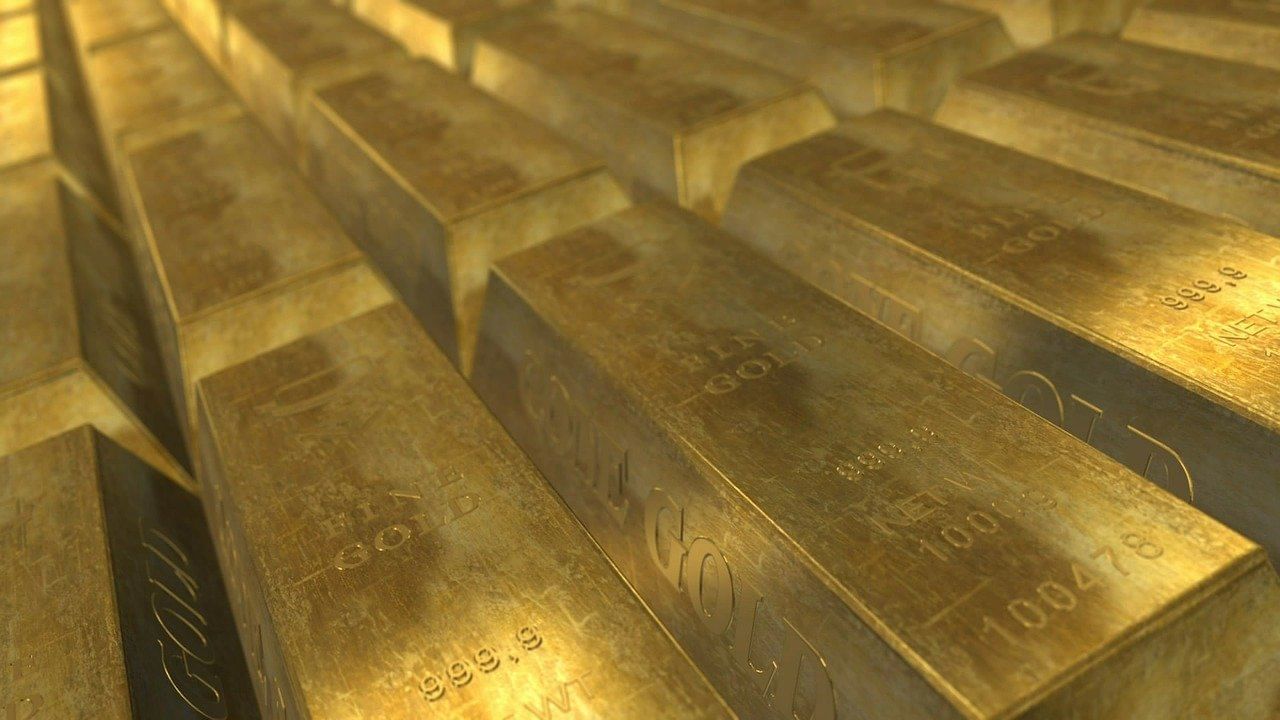Gold bar and coin investment in H1 2021 highest since 2013: World Gold Council
Continued global economic recovery should support consumer demand for global gold jewellery and investment trends throughout 2021

Demand for physical gold has seen a smart recovery in the June quarter globally, although it still remains below the pre-pandemic levels. The trends of second quarter of 2021, however, reveal that demand in first half for gold coins and bars was the highest since 2013 and was led by Thailand, whereas China’s H1 gold jewellery demand was the highest since 2015. India’s Q2 jewellery demand, however, was hit due to the second wave of Covid 19.
Jewellery
As per the latest World Gold Council report, the Q2 jewellery demand at 390.7 tonnes continued to rebound from 2020’s COVID-hit weakness, although it still remained well below typical pre-pandemic levels, partly due to weaker Indian demand growth. “Demand for H1 2021, at 873.7 tonnes, was 17% below the 2015-2019 average”, said the report.
While Q2 jewellery rebounded strongly year-on-year , it slowed from Q1 onwards and remains relatively weak compared with longer-term averages, suggesting there is some way to go before a return to ‘normal’ pre-pandemic levels.
Bar and coin
Bar and coin investment saw a fourth consecutive quarter of strong year-on-year gains. In fact, as per the WGC report, the Q2 CY2021 demand of 244 tonnes was up 56% year-on-year and resulted in a total of 594 tonnes in the first half of the calendar year. This is the highest demand in value terms of bar and coin in H1 since 2013. The report states that Thailand was the largest contributor to this growth after switching from net negative investment in Q2 2020 to modest positive investment.
Indian bar and coin investment in Q2 increased 7% y-o-y largely due to the low Q2 2020 base. But after
surging in Q1, demand saw a q-o-q decline of 44% to 21 tonnes, taking the H1 total to 58.6 tonnes.
Q2 gold demand review
Investor sentiment turned more positive as per the WGC report in Q2 2021 , helping to lift gold prices in Q2. The gold price increased by 4% during Q2, following a 10% decline in Q1. Prices rebounded during April and May on continued fears of inflation, US dollar weakness and lower real rates, before dipping again in June, following a more hawkish than expected statement by the US Federal Reserve. Gold prices also recovered in Q2, aided by a return to ETF inflows
Overall, the central bank buying across the world continued in Q2 2021 and global gold reserves grew by 199.9 tonnes, which took H1 net buying to 333.2tonnes which is 39% higher than the five-year H1 average, and 29% above the ten-year H1 average.
Gold demand outlook
The World Gold Council expects central banks are likely to continue buying gold on a net basis in 2021 at a similar or higher rate than in 2020, driven by a continued focus on diversification and risk management Jewellery demand could be in the range of 1,600-1,800 tonnes for the year, well above 2020 levels but below the five-year average. Continued global economic recovery should support consumer demand for global gold jewellery throughout 2021, although continued Covid disruption in some markets – most pertinently, India – will provide a headwind.
While pent-up demand could serve mas a boost, a strong price recovery in H2 could push jewellery demand towards the lower end of the range.
The WGC report highlights that investment demand could hold up well in 2021, in the region of 1,250-1400 tonnes – softer than last year but in line with the ten-year average. Bar and coin demand is likely to gain on the back of rising inflation and gold’s strong returns momentum of the last couple of years, potentially reaching 1,100-1,250tonnes.